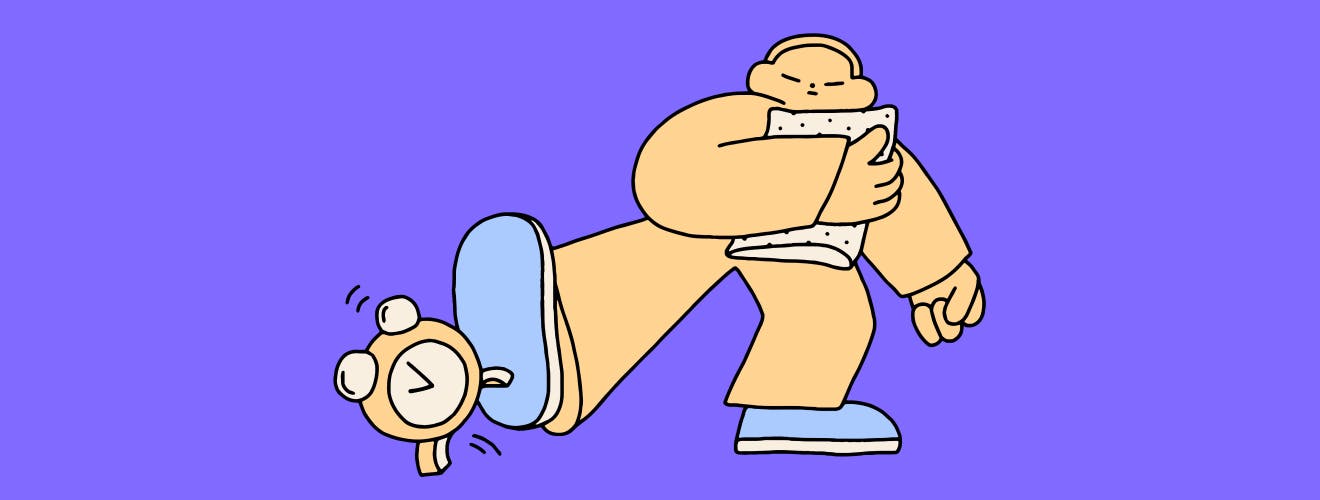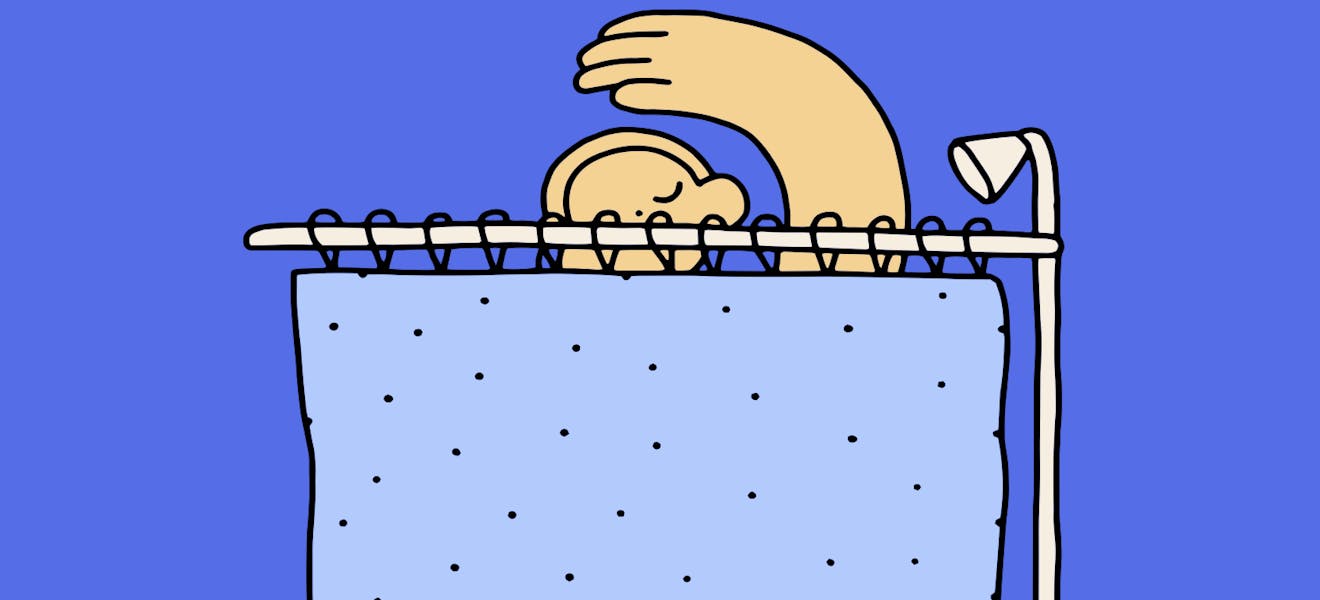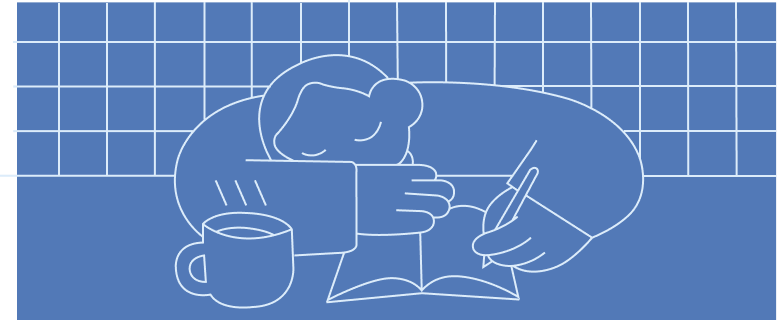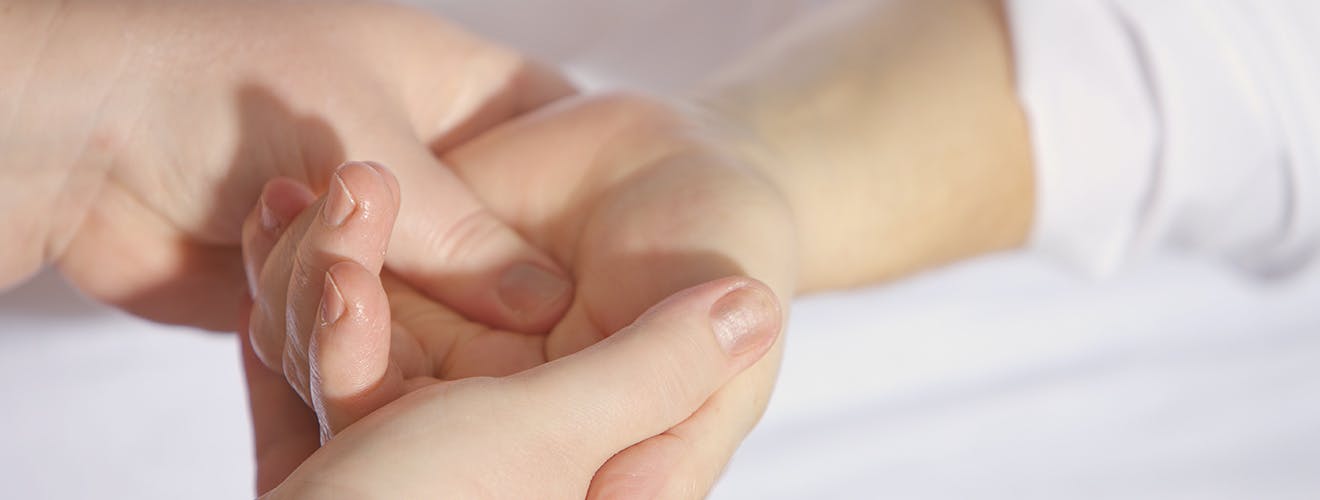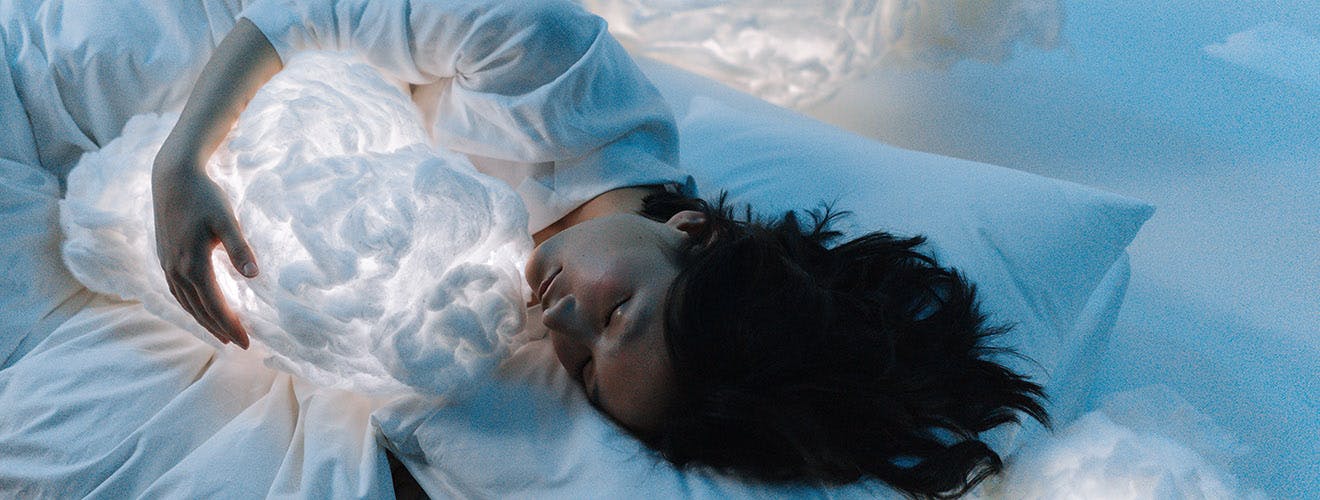What Color Light is Best for Sleep?
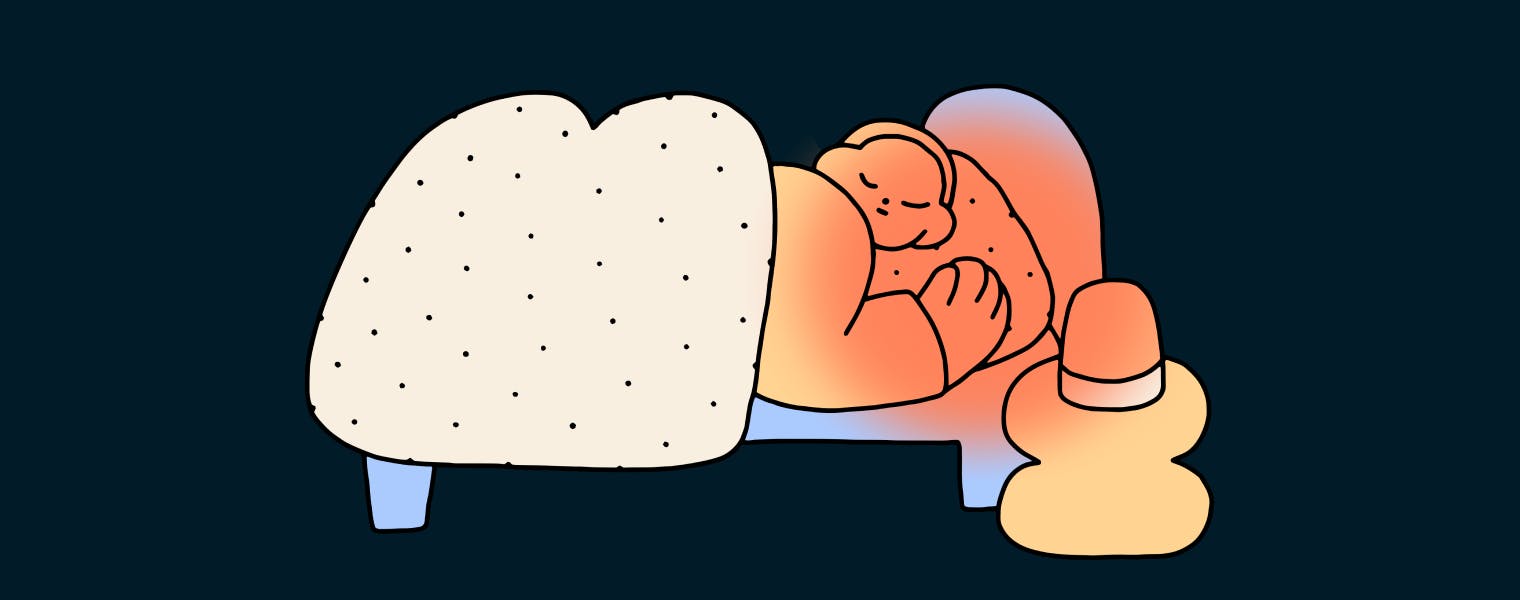
Interestingly, total darkness isn't always conducive to sleep. In fact, a sizable percentage of people have difficulty sleeping in total darkness, which helps explain the 260 million dollar global nightlight market. With that, we wanted to spend some time looking into what color light is best for sleep, here's what we found:
How Can Color Help You Sleep?
Remember, our eyes contain photoreceptors, cells that are sensitive to light. We also know that light has a spectrum, and the different wavelengths of light are perceived as having different colors by our brain.
We are most sensitive to light with a wavelength of 450 to 480 nanometers (nm), which appears blue. But how could the color of the light affect our sleep?
The first aspect of this interaction comes with us being able to fall asleep. Research shows that colors affect our emotions, mood, and general wellbeing. They affect our level of cognition, so the color of light we surround ourselves with can impact our level of sleepiness and ability to fall asleep.
Quality of Light and Colors

To understand how we can play around with colors to get the maximum benefits for our sleep, we need to know some general principles of light that can impact our sleep.
Brightness
The amount of light being given off by a light source counts as its brightness. The brighter the light is, the more impact it has on our level of cognition and even our emotions. Whatever color light is, if it's significantly bright, it will make us more alert and, as such, affect our sleep.
Hue
Hue is the shade or color of the light itself. Natural-colored lights, such as yellow light, exist freely in nature and are more familiar to us. Artificial-colored lights, such as blue light, are emitted by man-made devices and can affect our emotions.
Saturation
Saturation is the intensity or purity of the hue of light. Higher saturation means the hue of light is stronger, and lower saturation means more diluted with white light. Highly saturated hues also intensify the effect light has on our brain. Combining all three aspects of light determines the overall effect colored light will have on our brain and, eventually, our circadian rhythms.
What Color Light Is Best for Inducing Sleep?
Red Light and Sleep
Red or amber light comes out on top when it comes to sleep. Even though an average person might not put it at the top of their list for inducing sleep, red light is least likely to disturb your sleep routine.
The photoreceptor cells we mentioned are present in our eyes' retinas. These photosensitive cells are called ipRGC. These cells also send light information to our brain and are responsible for controlling our circadian rhythm.
Photosensitive cells perceive different light wavelengths differently, and our sensitivity to these colored light wavelengths determines our levels of wakefulness. Photosensitive cells are least sensitive to red wavelengths.
In effect, when a person wakes up during their sleep and is exposed to red light, they aren't likely to feel too awake to fall back to sleep. Red light also helps promote a calm feeling, which can help channel sleepiness.
This sensation may also circle back to the sunset effect red light imposes, as well. When the day comes to an end, a reddish hue permeates the sky, signaling to our brains that daytime is over. Over time, human beings have come to associate this hue with relaxation.
Will White and Blue Light Help You Sleep?
Research conducted on hamsters in Ohio State University concerning photosensitive cells revealed that the brain is very sensitive to blue-colored light, immediately interpreting it as a signal to be more awake and alert.
Other studies have concluded that we are, in fact, most sensitive to blue light and unable to block it with our eyes. These studies also revealed that information is being actively processed by our brains even when our eyes are closed, which affects melatonin production.
Melatonin is a hormone that induces drowsiness in us, leading us to fall asleep. People with sleep disorders have a problem with melatonin production in a lot of cases. Exposure to blue light also decreases melatonin production, causing us to stay awake for longer.
Meanwhile, white light signals to our brain that it's daytime—a time human beings have come to associate with being productive and staying alert.
This conditioned response to light is still continually reinforced in our daily routines, as most of the world operates on the basic principle of daytime being for work and nighttime being reserved for relaxation.
As such, using white light for sleeping can be counterproductive. Your brain is more alert in white light, so you may find it difficult to wind down and fall asleep.
Benefits of Red Light
Red light has been shown to have many benefits when it comes to sleep—one of which is the opposite of blue light, increasing melatonin production.
Unlike blue light, which suppresses melatonin, studies show that red wavelengths can induce more melatonin production in our brain, helping to increase the initial drowsiness we need to fall asleep.
Research has shown that going to sleep in red light and having red light exposure during sleep can result in more alertness and cognitive presence after waking up. In other words, red light can enhance the quality of restful sleep for people.
Currently, red light is being used as a treatment and a therapy in itself for various sleep-related problems. A study in 2018 explored the benefits of red-light therapy for treating migraines resulting from sleep deprivation and showed promising results.
The participants experienced fewer migraine attacks. This therapy was the only one used in the study that significantly affected improving sleep disorders.
What Color Night Light Improves Sleep Quality in Babies and Children?
Similar light color principles also apply to our young. Babies and young children tend to experience a negative impact on sleep if they are exposed to blue and white lights before bedtime.
To improve their sleep quality, warmer hues are recommended to be used as night lights. A study conducted in 2018 examining the effect of white/blue and yellow light on both children and adults found more melatonin suppression in children than adults when exposed to both kinds of light. And, opposite to all expectations, yellow light was found to suppress melatonin even more than blue light.
So, what colored light should we use for our babies and children? The answer again is red or amber. Red light is consistently shown to have no negative impact on melatonin levels and promote peaceful sleep by not initiating immediate wakefulness if our sleep is disrupted.
What's the Worst Color Light for Sleep?
In addition to suppressing melatonin and keeping us unnecessarily alert, extra exposure to blue light when it comes to sleeping might negatively affect our mood.
The Ohio research mentioned above also found that hamsters exposed to blue light when sleeping showed depressive symptoms. This is concerning because blue light is everywhere. It is present in night lights, electronic gadgets, appliances, and much more.
People who habitually use their phones in bed or watch TV right before sleeping may be unnecessarily exposed to blue light. All this exposure to blue light can seriously impact people's circadian rhythms, disrupting sleep and leading to other general health consequences.
Conclusion

We all need peaceful sleep to function in our life. Research is now showing that different colored lights can significantly impact our sleep—and red light seems to be the best suited for getting us to bed.
That said, achieving quality sleep can remain a challenge, no matter what color of light we have on. Tossing and turning all night in hopes of getting some shut-eye can have a negative impact on our general wellbeing in the long run, especially if it's a frequent occurrence.
Sleep-related issues are getting increasingly more prevalent, and many people are finding themselves frustrated, unable to find any solution to their problems—except taking medicines, that is.
Fortunately, several companies create herbal formulas for sleep-deprived people that actually work, and Sandland Sleep is one of them. We aim to provide people with an all-natural option to help their sleep problems and finally get the rest they deserve.
We use a natural hemp-derived formula that is fast-acting and effective. Whether you have a problem falling asleep or staying asleep, we can help.
Red or amber-colored lights are shown to induce feelings of relaxation and calm. Red-colored lights could remind us of sunsets, which we have come to associate with winding down work and a time that marks the end of a productive day.
Red wavelengths are also the least sensitive to our eyes. Exposure to red light can lead to a lack of alertness and arousal, creating or maintaining a sense of relaxation and peace.
Green light has a similar effect on sleep as blue light. It can reduce melatonin production and keep us alert when we are trying to wind down and fall asleep. In some studies, green light has been shown to reset our circadian rhythms and disrupt our natural sleep cycle.
Blue is an excellent option as a bedroom paint color because it has a relaxing effect on our brain. This is because blue is a calm color in natural settings—think of large bodies of water and a peaceful sky. Having a blue-colored bedroom can evoke those associations for us, putting us in a relaxed mood that can help initiate sleep.
